Lomography Newcomers: @bemsha on the Analogue Artist's Way
5 Share TweetTatsuo (@bemsha) is a Tokyo-based artist whose creative practice draws from a range of analogue interests such as film photography, spinning vinyl, and collecting stamps. By day, he works at a cultural foundation that supports contemporary Japanese performing arts, particularly theatre and dance. At night, he DJs under the moniker "bemsha" and is one of the co-founders of a music selectors' unit and party called "Les Vibrations" that takes place every month at VIVE LA VIVE, a bar/restaurant in Shibuya, Tokyo. In recent years he has rediscovered his love for film photography, both 35 mm and 120, and has recently joined the community as one of our newest Lomography Newcomers.
Having joined the Lomography community at the onset of our campaign to save the 120 film format, Tatsuo has taken it to heart and wholly embodied the call – frequently visiting the Lomography store in Kanda and exploring the city with his film cameras loaded with the newest LomoChrome Color ‘92.
Tatsuo's photographs are characterized by a familiar analogue feeling. He utilizes light expertly to create a definite look, and trusts his natural instincts with the mix of muted and vibrant colors within the film he chooses to experiment with. Tokyo is his canvas, and he plays with a lot of elements that we recognize to capture its essence.
A Classic Story
Reflecting on his earlier years with film photography and how he got started, Tatsuo recalls the time his parents gifted him his first film camera — a Yashica Electro 35. Fascinated and compelled by the very act of taking photographs and how it allowed him to express himself, he bought a Canon SLR, a Nikon F80, and other cameras after he started working. With his collection of film cameras, he now adjusts to the paradigm shifts in the photography landscape, prompting him to reconsider his approach and philosophy toward the medium.
"The two smaller cameras I had bought and used in the 1990s, which were an Olympus O-Product and a Contax TVS, were replaced with digital cameras and remained mostly unused for about twenty years. Which means I wasn’t necessarily an analogue film photographer, but just a person who liked taking photos."
Taking his photography practice even further has led him to get back into film and explore the world through the lens of a 120 format camera — Tatsuo’s Rolleicord Vb is his trusted companion in this new venture. He appreciates its compact size, making it easy to carry around from day to night. For him, a camera should be a tool that is easy to carry and use without any complications.
The past two years have granted Tatsuo time to reevaluate important aspects of his life, which have influenced his perspective and perception. He shares that coming from a personal loss with his mother passing away last year and the realization that he’s now reaching his sixth decade in life has led him to contemplate the transience and liminality of each passing day, regulating feelings by way of observing the differences in contrast of light and shadows, and the levels and depths of sound for example. To materialize these thoughts and realizations, he has been practicing by taking his camera along with him on his walks, photographing images that speak to him, those he finds interesting and inspiring, and those that remind him of special moments — with Tokyo serving as a great canvas for him to explore the city and capture everyday happenings.
Engaging with the local film community in Tokyo, he’s joined photo walks with fellow film photographers. He even had his Olympus O-Product film camera featured on the Tokyo Camera Style Instagram, with it being the first unit the camera collective has seen on someone.
“As John Sypal of Tokyo Camera Style often mentions, photo-wise the city offers many galleries, film processing labs, camera and equipment shops, photo bookshops and publishing houses, and photo magazines. It’s also a friendly capital to do photo walks, having plenty of quiet neighborhoods and busy areas that are ideal for street photography, and it has efficient public transportation systems so you don’t need a car to get around it. Get off at one train station, walk a few kilometers while exploring and taking photos, dive into a cafe to take a break, and then you’ll probably find another station nearby. By the way, one of my favorite areas to revisit is the Gaienmae — Omote Sando area, where the quiet and crowded are divided with only a few backstreets in between. It also has a couple of places that sell photo books, such as Shelf and On Sundays
Sight and Sound
Tatsuo discovered Lomography by chance, “...seeing boxes of Lomo LC-A on display at Aoyama Book Center that used to be in Roppongi, and also a television program that featured the iconic camera and showed how to shoot from the hip both around in 1999 or 2000.” During this time, he also read a couple of magazine articles that explained how the LC-A camera line could be used as a creative tool, with artists like David Byrne and Brian Eno owning one. This piqued his curiosity and made him interested in the camera, the overall product line, and what the brand stood for.
"I was fascinated with Lomography’s revolutionary, devil-may-care approach to photography, and how it presented images that might be considered as having flaws when viewed from a conservative, established, hierarchal mindset, as being cool, exciting, and beautiful pieces of work. It seemed to question common sense and even anarchist in the true sense of the word, which is being skeptical of authority. Experimenting is crucial in art (and in life itself), and Lomography encouraged everyone that you could and should do it too. That sort of attitude reminded me of records like the debut album by Velvet Underground or the sound of Jimi Hendrix’s guitar playing."
Although he only recently joined the online Lomography community, he has already made the most out of the platform. In this short period, he has been actively uploading photos to his LomoHome, participating in photo reviews with fellow community members, browsing through product tags, and learning about other alternative ways that challenge the medium. He shares that doing all this lets him reminisce and reminds him of the time he first learned about Lomography some twenty years ago.
"I decided to join the online community when Lomography recently declared 120 film an endangered species and announced it would reduce their prices of the said film. Lomography posted the following words on its Instagram feed – "Let’s come together, Lomographers, to keep the spirit of 120 film alive and thriving for generations to come! Fire up the imagination and feel free to simply create." I guess it might just be a result of great advertising skills, but the sense of camaraderie and encouragement flowing within those words was truly appealing, especially to a person using 120 film. It also reminded me of the rock ‘n’ roll, punkish attitude I felt when I discovered Lomography more than twenty years ago. I love how the community is dedicated to photography (without drifting towards videos and marketing) and admire the positivity, encouragement, and creativity shared among its community members."
He describes his relationship with photography as another form of poetry, radiating an abstract yet personal feeling reflected in a visually poetic way.
"... I feel that act of taking photographs is closer to the mental and emotional process of when we read, hear, and write poems than other genres of art. Photography is capturing a moment described in a work of haiku visually, and concentrating that moment into a frame instantly just like the thought or image that appeared in your mind. In short, photography is visual poetry."
Because of this, Tatsuo is particularly mindful and intentional when working with the analogue medium. He attests it to an existing level of timelessness and vibrancy about the whole process, basking in the feeling of experiencing the "slight rush of adrenaline and excitement when shooting with film." Wholly embracing the risk that comes along with it, and embracing the "tiny anxiety towards the probability of wasting a frame" and jumping in anyway.
LomoChrome Color Shifts
Tatsuo has a unique approach to choosing and using film and that is reflected in the visual style of his work. He is not afraid to experiment with unconventional color shifts and color choices, often resulting in a more grainy and muted look. Tatsuo has tried various Lomography film stocks, including the Lomography Color '92 ISO 400 (35mm), LomoChrome Metropolis 100-400 (35mm), and Lomography Color Negative 400 (120). He has also worked with expired films such as the LomoChrome Purple 100-400 (35mm and 120) and LomoChrome Turquoise CN 35mm 100-400 (35mm). Among these, Tatsuo found the LomoChrome Purple, Turquoise, and LomoChrome Color 92 particularly noteworthy, now being a part of his regular film stock rotation. Below, he shares his thoughts on the two Lomography color-shifting films and why he gravitates towards them.
“I knew from seeing images on Lomography that LomoChrome Purple 100-400 is a film that turns green (such as tree leaves) into purple. When I saw images from an expired roll of that film taken with my Olympus O-Product for the first time, I was very surprised and delighted to see how the color of the sky turned out, well, turquoise (an old friend of mine described it as Celeste, the color of the Bianchi bicycle), with pink-ish puffs of clouds.”
“Images from an expired roll of LomoChrome Turquoise CN 35mm 100-400 shot with my Olympus XA camera were remarkable too as it gave a sepia tone to the sky. Everyday common things taken with these two types of film make them look like scenes in a dream, or of another planet. You could describe them as psychedelic film. The images from these two types of film remind me of the cover of the Misterioso album by the Thelonious Monk Quartet, which features a painting titled The Seer by Giorgio de Chirico. Maybe de Chirico had a LomoChrome filter fixed on his pupils."
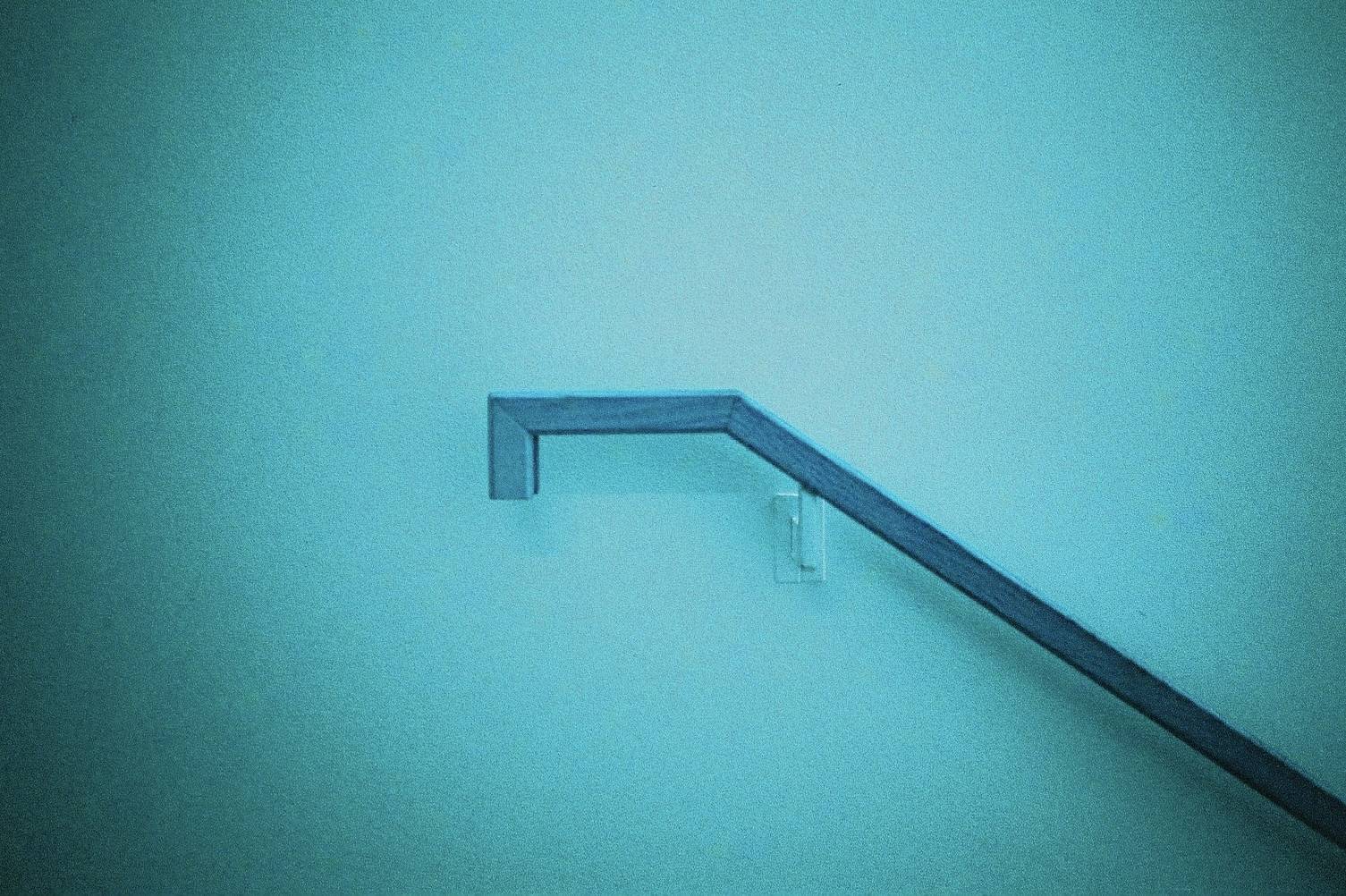
Logged in Analogue
There is a tactile quality to analogue that Tatsuo understands extremely well. Having grown up surrounded by analogue devices as a part of his life, he continues to carry these tools with him as he navigates the world and expresses himself.
"I grew up with vinyl records and film cameras and postage stamps being the norm when I wanted to listen to music, take photographs, or send a postcard."
As digital technologies have advanced and simultaneously become more affordable, Tatsuo admits that he sold some of his vinyl records along with his Nikon F80 camera and lenses. However, he has since returned to using these creative analogue practices — film photography and vinyl Dj-ing — and describes the experience as if "finding a well-worn favorite jacket in the back of a closet and feeling happy to rediscover how comfortable it was when I wore it again."
"We’re in an ideal age in which vinyl records and film cameras are no longer considered as being old fashioned, retro mediums by younger generations and coexist equally with digital formats, which means we have multiple options to choose from and decide what suits us the best."
When asked about the appeal of analogue photography, he relates it back to the tactile sensation and emotional connection that draws him in. Valuing the relationships that can be built through this medium and seeing them as a foundation to grow into something greater.
"The thing I like about playing vinyl records and shooting with film cameras is that I can directly touch and feel what produces the outcome, the vinyl disc or the strip of film, which creates a sense of intimacy between the tools and myself. I love the softness when the needle comes into contact with the record, and the sensation of rotation when I load a cartridge of film in a camera. And I feel something organic in those analogue items that have noises in the forms of crackling or grain, and therefore they seem closer to living beings like us than digital media."
Landing Page
Going further, Tatsuo is appreciative of the community of film photographers who have given him new perspectives and have helped him improve his creativity and craft, “We’re kindred spirits so let’s enjoy the tide and ride of life together. Express and spread poetry through photography. And yes, respect and follow the "10 Golden Rules."
"The community is a deep and vast source of inspiration that encourages you to bring out your camera and go and take photos without worrying about mistakes — if there are any at all — so if you feel that photography is something difficult, or have been distant from photography for some time, go and visit it and see if it stimulates you. You can learn a lot by checking out the photos posted there and the data on cameras, lenses, film that were used to create the images.”
When asked about his sources of creative inspiration and favorite photographers, Tatsuo shares that the works of Robert Doisneau, Saul Leiter, Stephen Shore, Herbie Yamaguchi, Ichigo Sugawara, Mikio Hasui, Miho Kakuta, Yoko Takahashi, Ola Rindal, Okada Kisara, Patti Smith, and Pentti Sammallahti have been instrumental in his creative analogue exploration. Also drawing inspiration from specific works and performances such as the vocals of a renowned singer's voice, to the imagery created frame-by-frame in an Aki Kaurismäki film. All of these elements combine and create Tatsuo's evolving style in his film photography journey.
"Apart from the above photographers, the works of the following artists continue to inspire me: the novels and short stories by Haruki Murakami (especially the End of the World side of his novel, Hard-Boiled Wonderland and the End of the World); the films of Aki Kaurismäki (I’d like to take photographs that are reminiscent of the colors in his films); the music of Thelonious Monk (bold, original, beautiful), Haruomi Hosono (the balance of intuition and calculation), Penguin Cafe Orchestra (imaginative and unique), Bob Dylan (needless to say), the vocals of Lou Reed and Joe Strummer (sincere). Interestingly, the works of all of these artists have a quiet sense of humor that I love. And of course, the Lomography community is wonderful source of inspiration too."
We are excited to see where Tatsuo takes his newfound love for the 120 film format, bringing a cool-headed and warm-hearted perspective to Tokyo's vibrant scenery. With bold colors and humble cool tones, we welcome @bemsha to the world of Lomography with open arms and anticipation of exciting adventures ahead.
Thank you to Tatsuo for sharing his film journey with us thus far! See more of his film photographs on his LomoHome and Instagram page.
written by macasaett on 2024-03-03 #people #tokyo #medium-format #120 #35mm #analogue #vinyl #purple #turquoise #japan #lomochrome-92
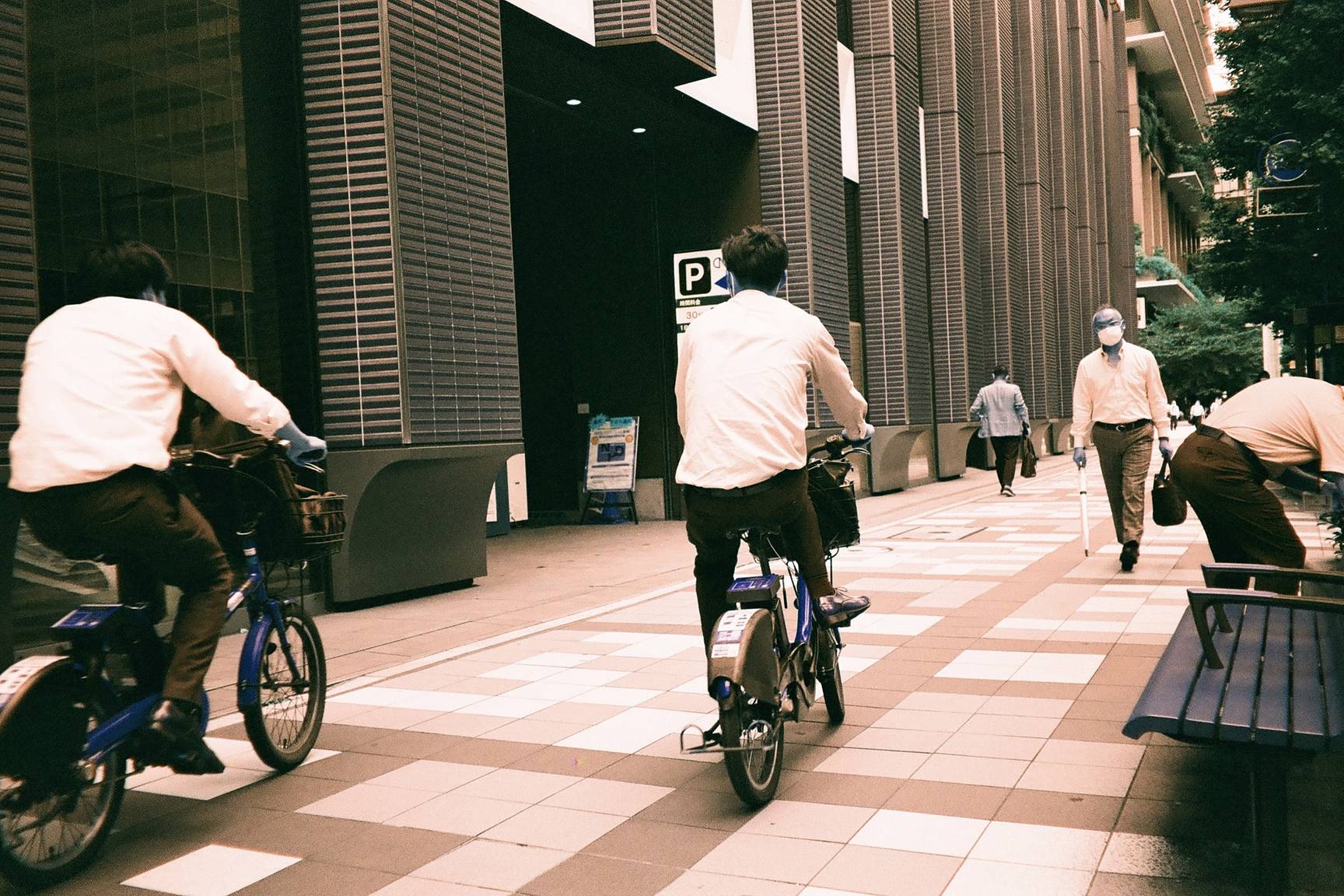


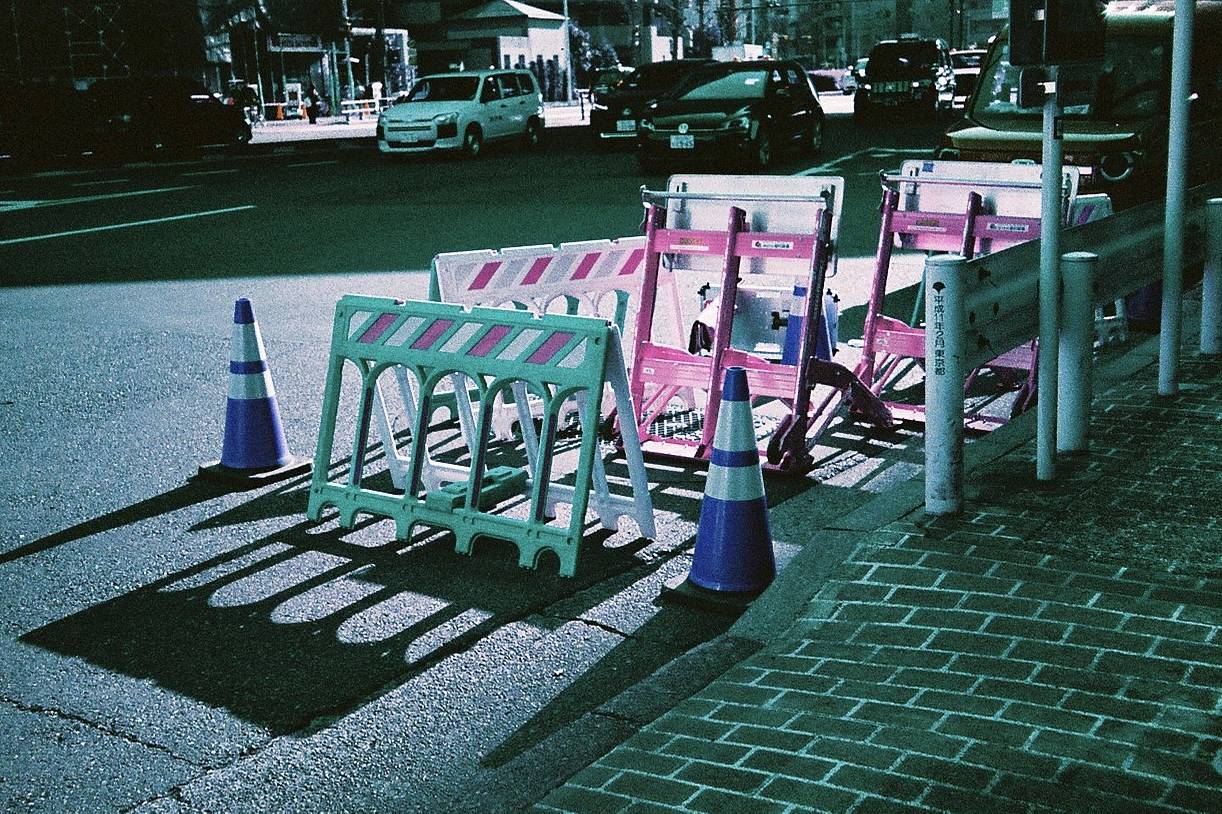





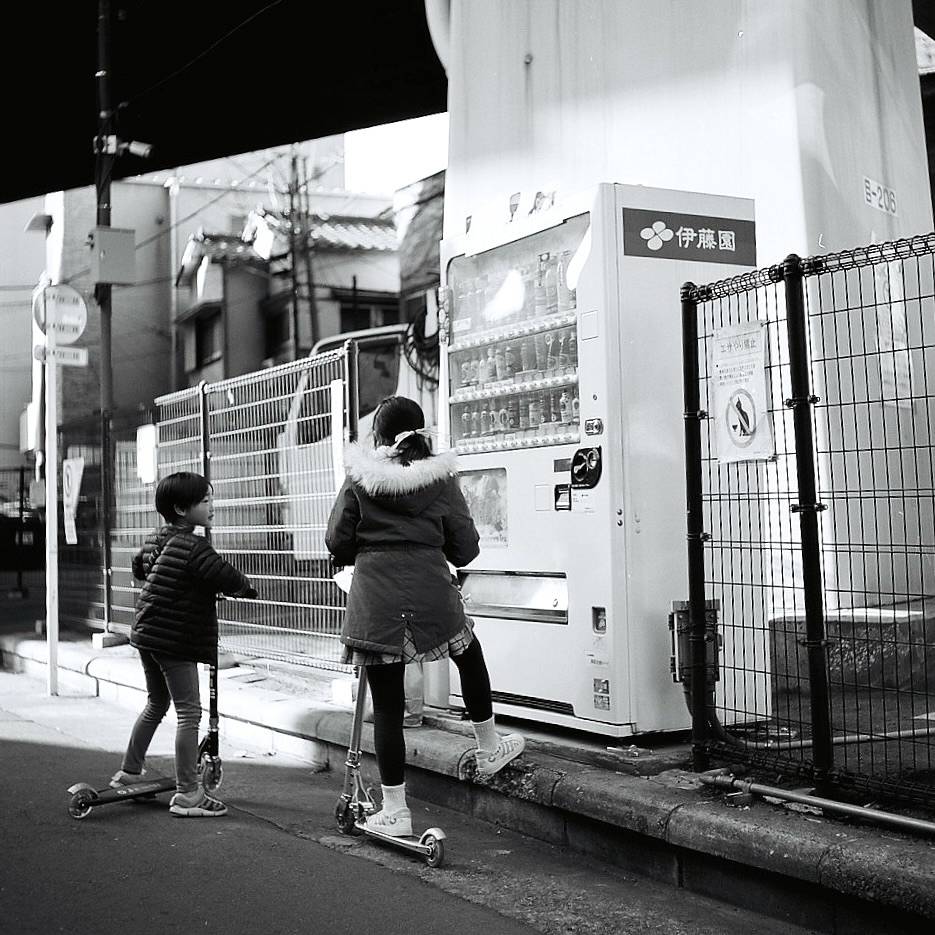















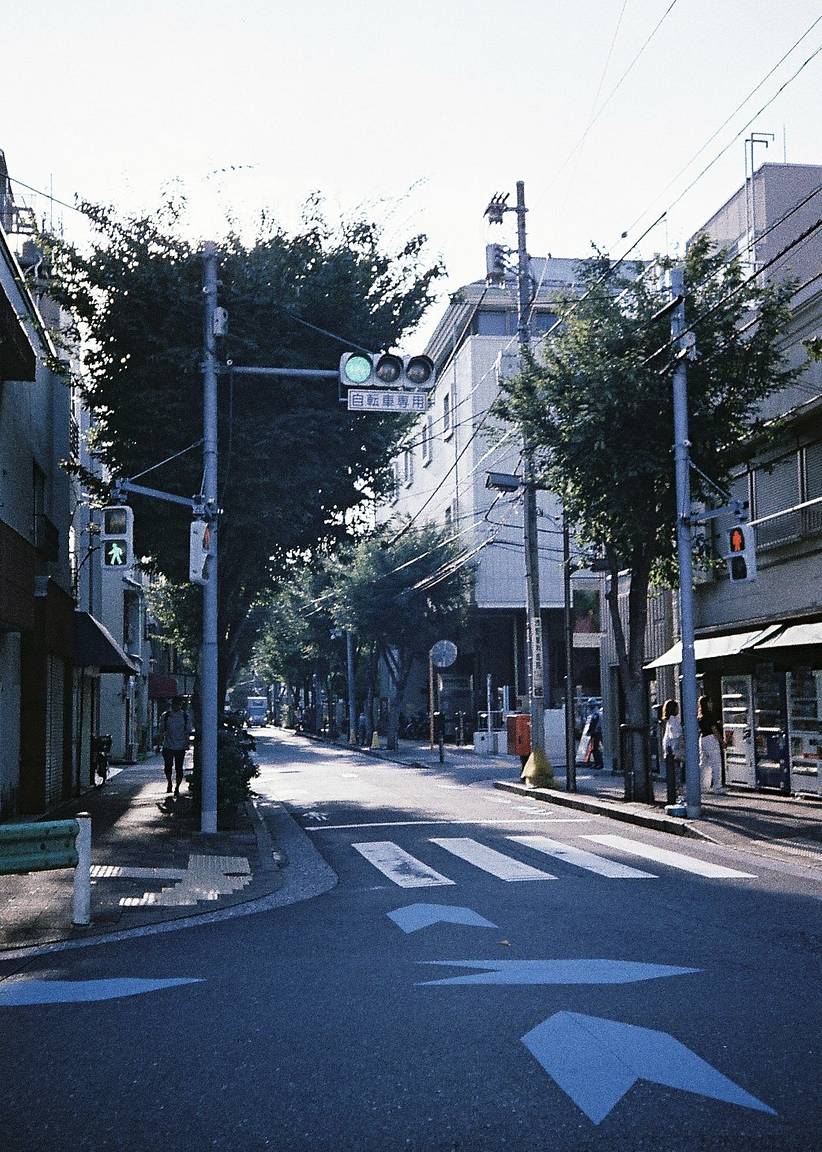
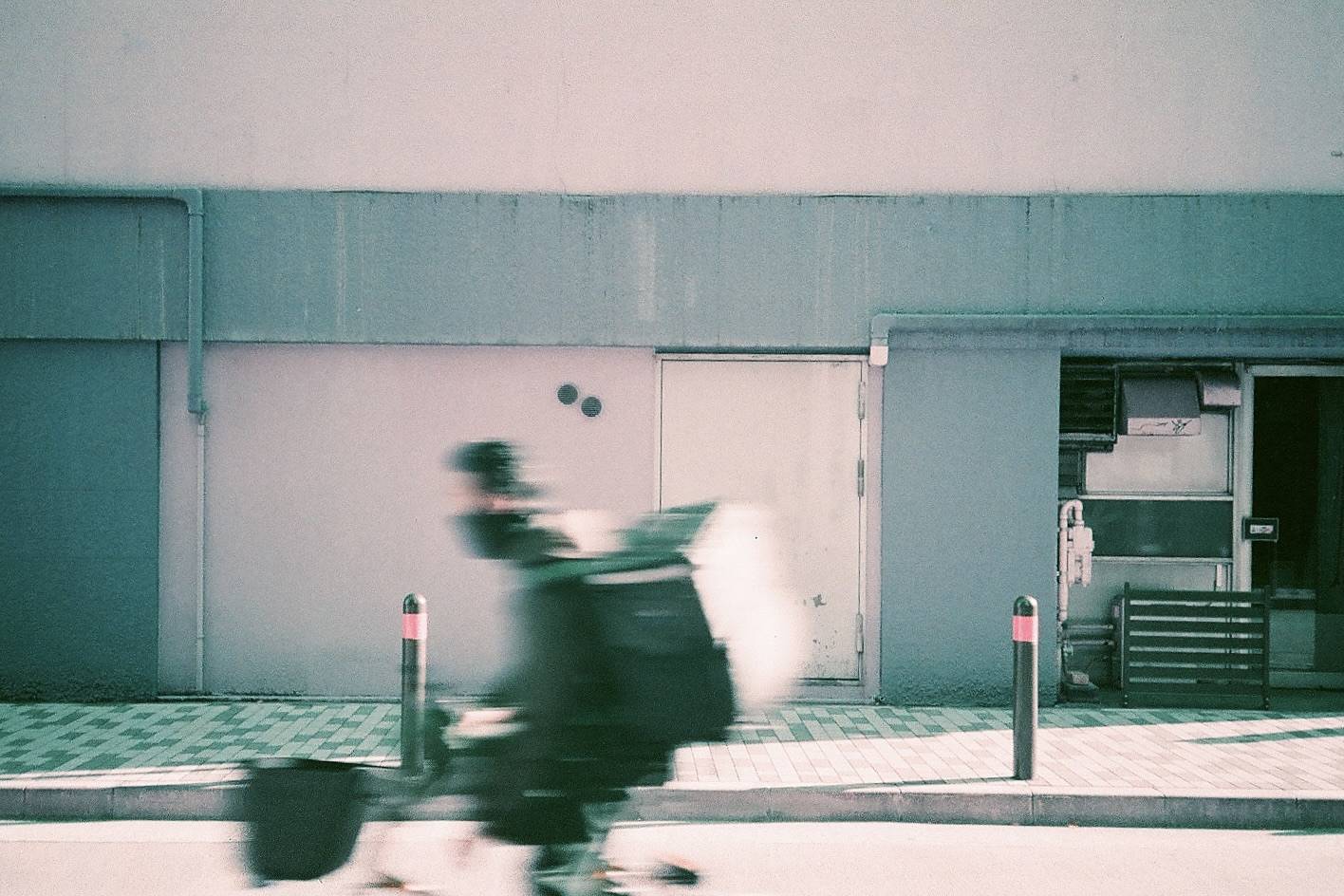



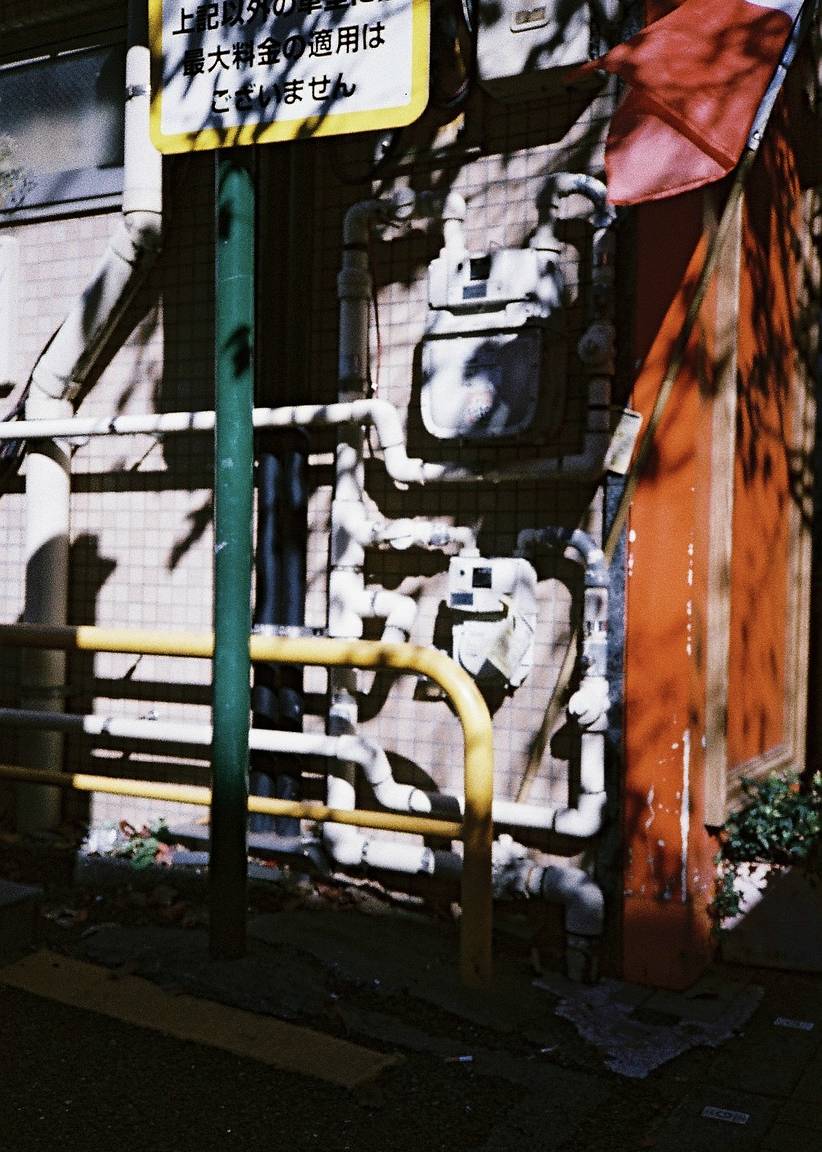


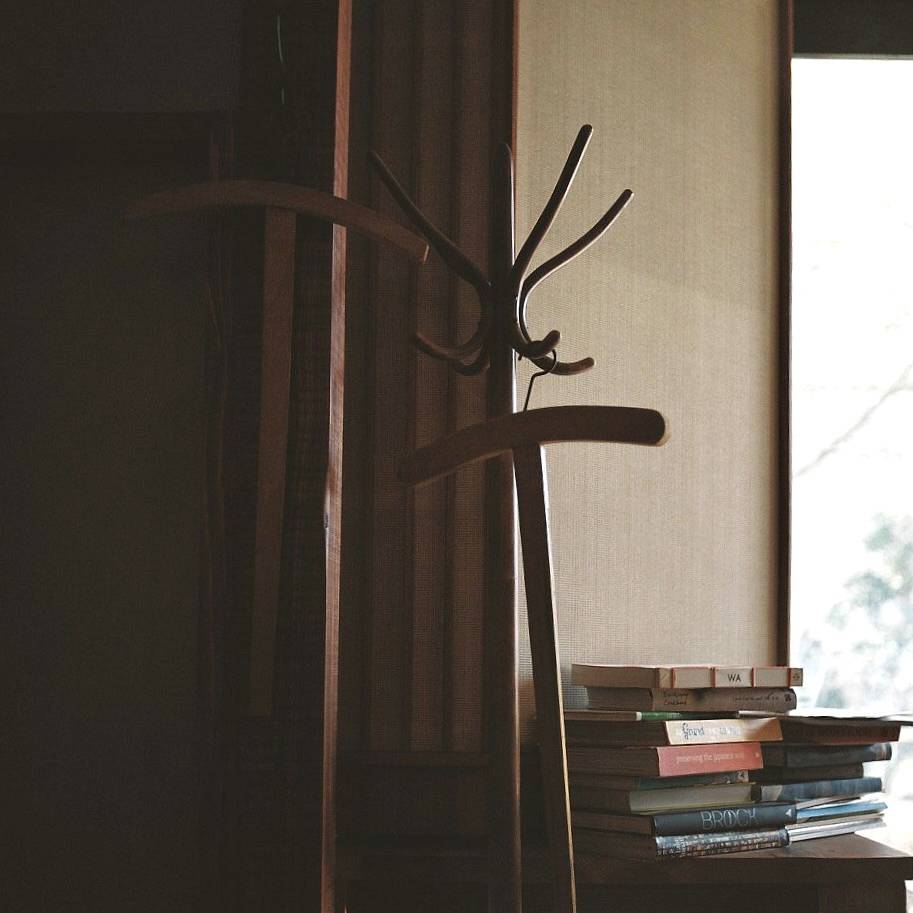



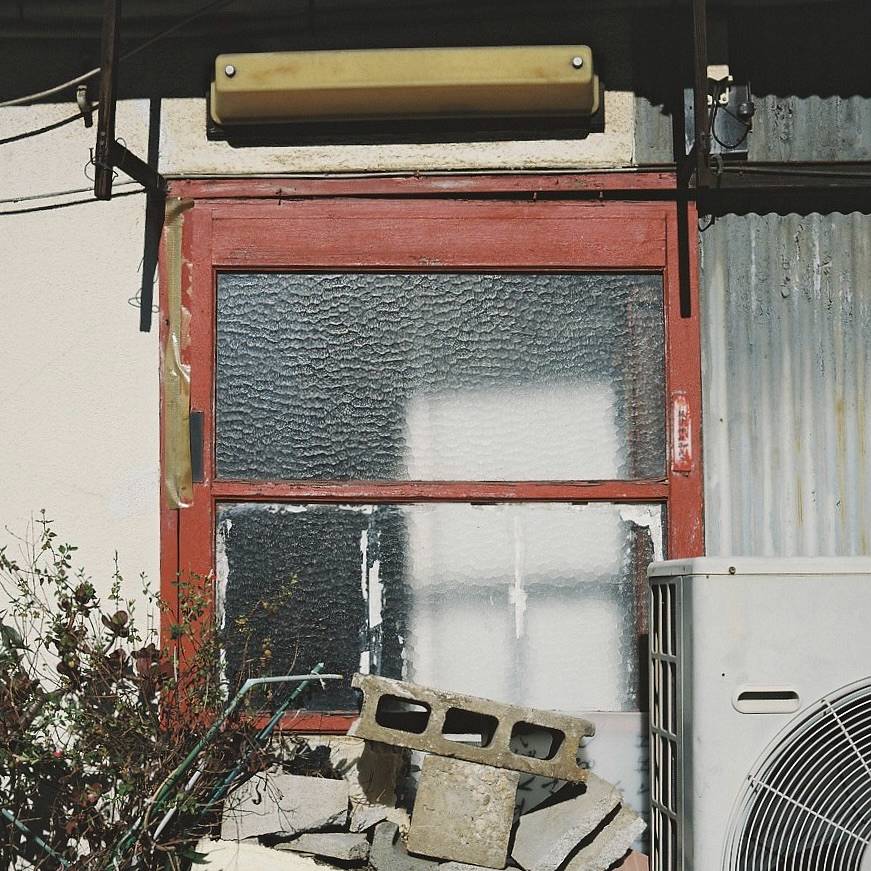
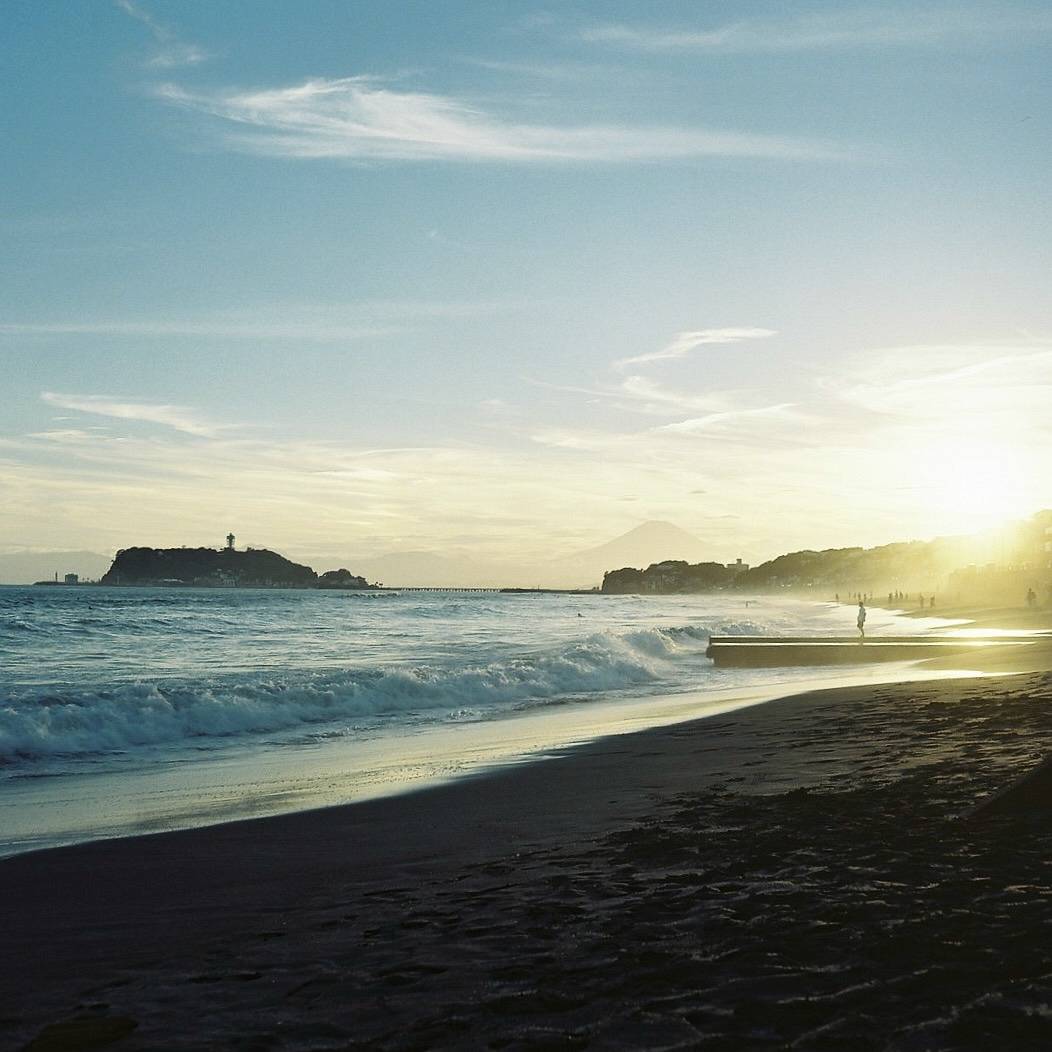




















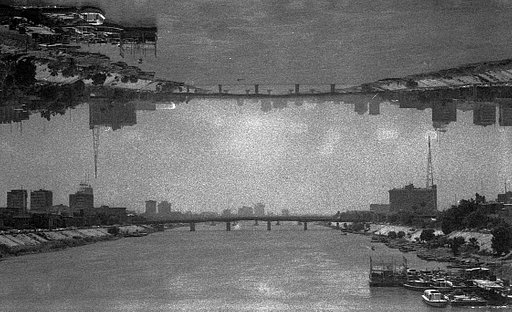

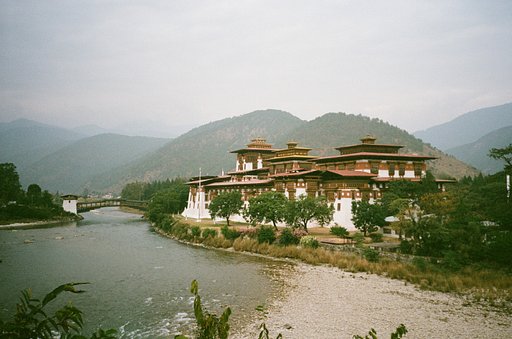





No Comments